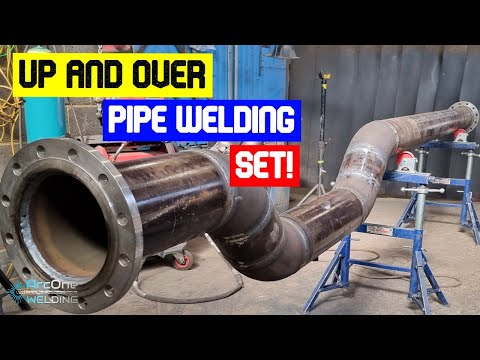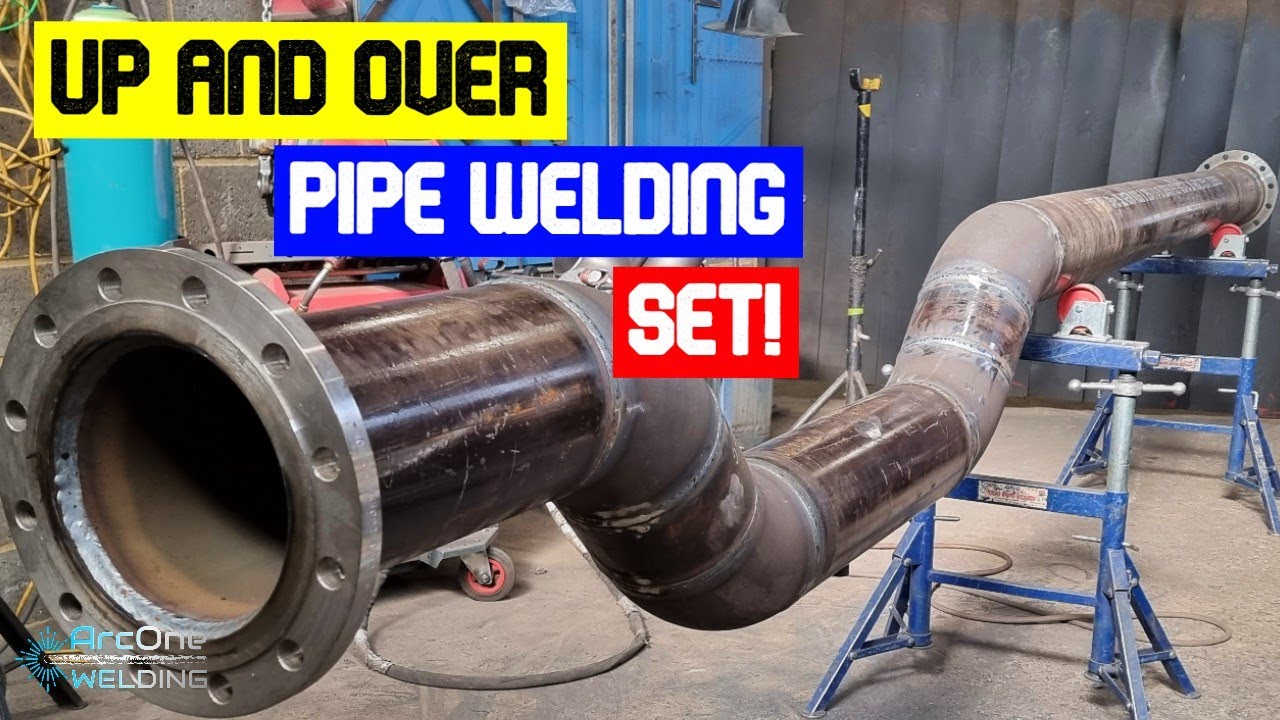Piping fabrication is a fascinating process that involves the creation and assembly of intricate pipes used in various industries. From oil and gas to manufacturing and construction, the art of piping fabrication plays a crucial role in ensuring the smooth operation of essential systems. Skilled professionals meticulously design, shape, and weld pipes to create customized solutions that meet specific requirements. The precision and attention to detail involved in piping fabrication are truly impressive, as every joint and connection must be flawlessly executed to ensure optimal performance and longevity. Whether it's creating pipelines for transporting fluids or constructing intricate plumbing systems, piping fabrication requires a combination of technical expertise, creativity, and problem-solving skills. This dynamic field offers endless possibilities for innovation and advancement, as engineers constantly seek new ways to improve efficiency and safety. With cutting-edge technology and advanced techniques, piping fabrication continues to evolve, delivering solutions that are not only functional but also aesthetically pleasing. As industry demands grow and projects become increasingly complex, the demand for skilled professionals in piping fabrication remains high. If you have a keen eye for detail and a passion for engineering, this exciting field might just be the perfect fit for you.

The Importance of Piping Fabrication in Industrial Processes
Piping fabrication plays a crucial role in various industries, including oil and gas, chemical, and power generation. It involves the manufacturing and assembly of pipes, fittings, and other components necessary for the safe and efficient transportation of fluids and gases. Proper fabrication ensures that the piping system meets the required specifications, ensuring the smooth operation of industrial processes.
Quality Standards and Compliance
Piping fabrication must adhere to strict quality standards and compliance regulations. These standards are put in place to ensure the safety and reliability of the piping systems. Fabricators must have a thorough understanding of industry codes and standards, such as ASME B31.3 for process piping or ASME B31.1 for power piping, to ensure compliance.
Compliance with these standards is essential to prevent accidents, leaks, and system failures. Fabricators must carefully follow welding procedures, material selection guidelines, and inspection requirements to ensure that the fabricated pipes meet the necessary quality standards.
Material Selection and Preparation
Material selection is a critical aspect of piping fabrication. The choice of materials depends on factors such as the type of fluid or gas being transported, the operating conditions, and the industry requirements. Common materials used in piping fabrication include carbon steel, stainless steel, and various alloys.
Prior to fabrication, materials undergo rigorous preparation processes to ensure their suitability for the intended application. This includes cutting, beveling, and cleaning the pipes to remove any contaminants that could affect the integrity of the system. Proper preparation is crucial for achieving strong and durable welds.
Welding Techniques and Procedures
Welding is a fundamental process in piping fabrication. It involves joining the various components of the piping system using heat and pressure to create a strong and leak-free connection. Fabricators must have expertise in various welding techniques, such as shielded metal arc welding (SMAW), gas tungsten arc welding (GTAW), and flux-cored arc welding (FCAW).
Welding procedures must be carefully planned and executed to ensure the integrity of the joints. Preheating, post-weld heat treatment, and proper filler material selection are essential for achieving sound welds that can withstand the operating conditions of the piping system.
Inspection and Testing
Inspection and testing are vital steps in the piping fabrication process. Fabricators must perform various non-destructive testing (NDT) methods, such as radiographic testing, ultrasonic testing, and dye penetrant testing, to detect any defects or imperfections in the welds or materials.
Additionally, pressure testing is conducted to ensure the integrity of the fabricated piping system. This involves subjecting the system to high-pressure conditions to check for leaks or weaknesses. Any identified issues must be promptly addressed to ensure the safety and functionality of the piping system.
Conclusion
Piping fabrication is a complex and critical process that requires expertise and adherence to stringent standards. Fabricators must carefully select and prepare materials, employ proper welding techniques, and perform thorough inspections to ensure the quality and reliability of the fabricated piping system.
By prioritizing quality standards and compliance, industries can rely on well-fabricated piping systems to transport fluids and gases safely and efficiently, supporting the smooth operation of various industrial processes.
The Ultimate Pipe Triumph: Mastering MIG/MAG Pipe Spool Fabrication
Video Source : ARC-ONE WELDING
Piping Fabrication
Piping Fabrication
| Component | Material | Size | Pressure Rating |
|---|---|---|---|
| Elbow | Carbon Steel | 2 inches | 1500 psi |
| Tee | Stainless Steel | 4 inches | 3000 psi |
| Flange | Alloy Steel | 8 inches | 600 psi |
| Reducer | Duplex Steel | 6 inches x 4 inches | 2500 psi |
| Valve | Titanium | 3 inches | 4000 psi |
Piping fabrication involves the assembly of various components to construct a robust and efficient piping system. This table showcases some essential components commonly used in piping fabrication, along with their material, size, and pressure rating.
The elbow, made from high-quality carbon steel, has a diameter of 2 inches and can withstand pressures of up to 1500 psi. Elbows are crucial in redirecting the flow of fluids, enabling smooth transitions in pipeline layouts.
Stainless steel tees, with a diameter of 4 inches, are known for their excellent corrosion resistance properties. They can handle pressures of up to 3000 psi and are widely used to branch off pipelines, providing additional outlets for fluid distribution.
Flanges, manufactured using durable alloy steel, typically have larger diameters, such as 8 inches. These robust components play a vital role in joining pipes together, ensuring leak-free connections. They have a pressure rating of 600 psi, making them suitable for high-pressure applications.
Reducers, composed of duplex steel, are designed to connect pipes of different diameters. The specified size, 6 inches x 4 inches, allows for a seamless transition between larger and smaller pipelines. They can withstand pressures of up to 2500 psi, ensuring efficient flow control.
Valves, constructed from lightweight yet exceptionally strong titanium, are indispensable for regulating fluid flow within a piping system. With a diameter of 3 inches and an impressive pressure rating of 4000 psi, titanium valves offer optimal performance in critical applications where reliability and durability are paramount.
By carefully selecting the appropriate components based on their material, size, and pressure rating, piping fabrication experts can create reliable and efficient piping systems that meet the specific needs of various industries.

